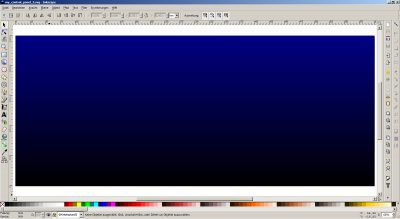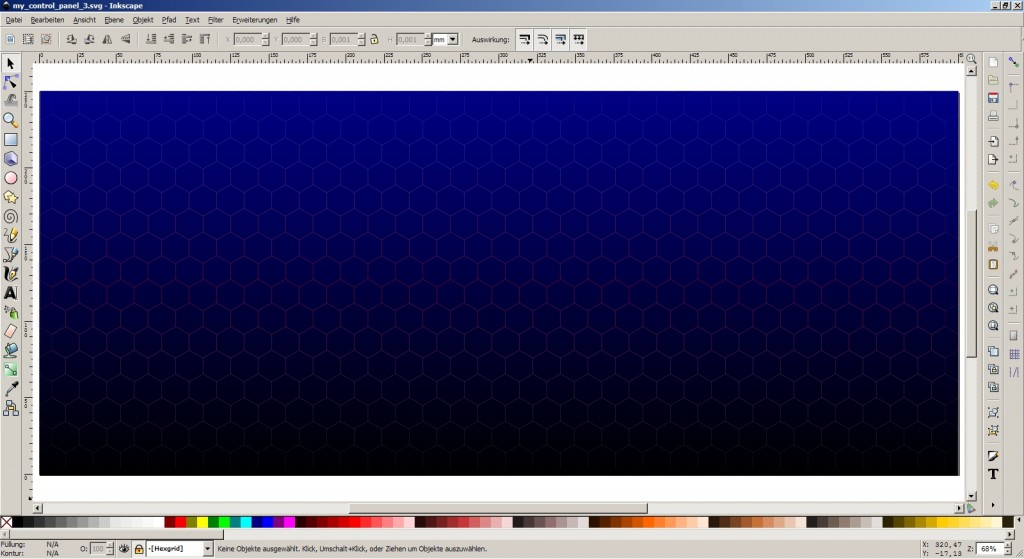


And then our clipped apples are set and ready to use in a design element, such as a circular frame.

Under the Fill tab, click on RGB and lower the Alpha (A) option in order to see the image beneath. Copying with Ctrl + C copies the selected element into the clipboard. To begin, you need accurate-and well-lit-images of both sides of your PCB. Imagine the image is in a book with transparent pages, and your page is on the right hand side. Raster file types include TIFF, JPG, PNG and GIF. When the result of the preview looks right, click Ok. The famous Copy keyboard shortcut Ctrl + C also works in Inkscape, but its brother Duplicate, with Ctrl + D is very useful, too. To me, even though everything uses opacity in the SVG code, I think concepts of Alpha should be reserved for when we are dealing with colour (fill, stroke, gradient) and opacity should apply to the overall object.Option 2: Place the cursor in front of the bottom text, then hit Alt+Down Arrow until its top touches the circumference. So this is the one situation opacity does not apply to an entire object, and instead applies to the fill. If you deselect the stop then select it again, the alpha will return to 255 and opacity will be the set to the new value. If you move the alpha value it effects the opacity value as well as the Alpha. If you have a 50% transparent stop, the opacity value will be 50% and the alpha value will be 255. But the line get blurred and difficult to understand with gradient stops. Typically Inkscape treats A as a colour value and O as the overall objects transparency. Opacity can be applied to the fill, stroke, gradient stop or an entire object. In SVG there is only RGB, with an Opacity. Inkscape gives the impression that colour is made up of RGBA, but it's not. There is a conflict between Opacity and Alpha, and the last time I saw it discussed it was intentional.


 0 kommentar(er)
0 kommentar(er)
